
Kód: 05091347
Self, Community, World
This book traces Moravian educational ideas and practices in the eighteenth century. A transnational fellowship rather than a nation state, the Moravians had established themselves by the early 1740s as an Atlantic community under ... celý popis
- Jazyk:
 Angličtina
Angličtina - Väzba: Pevná
- Počet strán: 300
Nakladateľ: Lehigh University Press, 2009
- Viac informácií o knihe

166.95 €

Skladom u dodávateľa v malom množstve
Odosielame za 10 - 15 dní
Potrebujete viac kusov?Ak máte záujem o viac kusov, preverte, prosím, najprv dostupnosť titulu na našej zákazníckej podpore.
Pridať medzi želanie
Mohlo by sa vám tiež páčiť
-
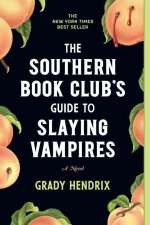
Southern Book Club's Guide to Slaying Vampires
14.40 € -19 % -

Darker Shade of Magic Collector's Edition
28.80 € -6 % -

Schutzrechte und Dienstleistungen für Kinder mit Behinderungen
58.54 € -
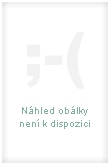
Lilac
26.25 € -

Cabin Fever
37.08 € -22 % -

All The Better To See You
8.98 € -23 % -
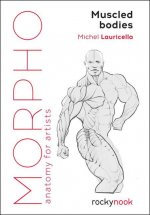
Morpho Muscled Bodies
13.17 € -19 % -
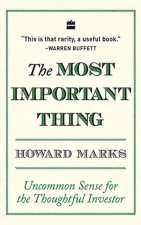
most important thing
20.12 € -

Hidden Tracks
42.39 € -

Lou Gehrig: The Inspirational Story of Baseball Legend Lou Gehrig
9.39 € -
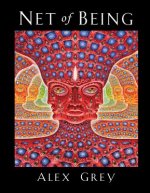
Net of Being
42.70 € -16 % -
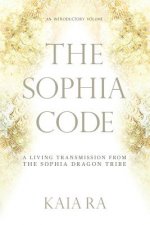
Sophia Code
21.24 € -18 % -

Thoughtful Gardener
40.45 € -20 % -

Clifford Collection
15.32 € -

War of the Worlds
12.76 € -19 % -

Muscle Relaxants, 1
214.16 € -
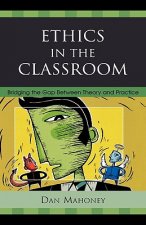
Ethics in the Classroom
172.78 € -
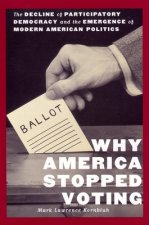
Why America Stopped Voting
42.91 € -
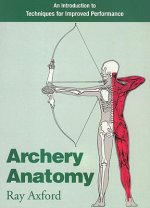
Archery Anatomy
18.69 € -23 % -

Stop Acting Rich - ...And Start Living Like a Real Millionaire
18.48 € -21 % -

Streets of London
44.85 € -24 %
Darujte túto knihu ešte dnes
- Objednajte knihu a vyberte Zaslať ako darček.
- Obratom obdržíte darovací poukaz na knihu, ktorý môžete ihneď odovzdať obdarovanému.
- Knihu zašleme na adresu obdarovaného, o nič sa nestaráte.
Viac informácií o knihe Self, Community, World
Nákupom získate 413 bodov
 Anotácia knihy
Anotácia knihy
This book traces Moravian educational ideas and practices in the eighteenth century. A transnational fellowship rather than a nation state, the Moravians had established themselves by the early 1740s as an Atlantic community under the leadership of a German count, Nikolaus Ludwig von Zinzendorf. This cosmopolitanism, paralleled only in the aristocratic culture and the expanding network of Masonic lodges, became a natural, self-evident experience of the Moravians in Germany, Holland, England, the Caribbean and North American colonies, and Africa. What made this global educational experience possible? This book answers the question by exploring Moravian education at three different but closely intertwined levels: the place of Moravian education in the eighteenth-century political and intellectual landscape, its attention to the individual development of its members, and its distinctive communal organization. The book is divided into five sections. In the first section, Jon Sensbach explores the Moravians' transnational and Atlantic experiences and lays the groundwork for many of the subsequent essays. Alexander Schunka traces the connections between the ancient Unity of the Brethren and the renewed Moravian Church. In the second section, Julie Tomberlin Weber's innovative work places Moravians in the context of eighteenth-century German cultural history by exploring Lessing's Zinzendorf reception, while Jonathan Yonan situates Moravian experience in eighteenth-century England. Peter Vogt surveys the limitations of Moravian educational thinking. Continuing this exploration in the section on Self, Katherine Faul and Pia Schmid study the educational uses of autobiographies and pastoral listening, while Gisela Mettele analyzes the Moravian practice of autobiographical writing as a collective ritual. The section on Art examines a central component of the varied Moravian educational experience. Sarah Eyerly's and Laurence Libin's essays investigate the role of music and instruments as medium and form of Moravian communal life. Paul Peucker's study shows the varied uses of images in Moravian communities. In conclusion, Heikki Lempa sets the educational practices of the Moravians in the larger context of the eighteenth-century world.
 Parametre knihy
Parametre knihy
Zaradenie knihy Knihy po anglicky Reference, information & interdisciplinary subjects Encyclopaedias & reference works Reference works
166.95 €
- Celý názov: Self, Community, World
- Podnázov: Moravian Education in a Transatlantic World
- Jazyk:
 Angličtina
Angličtina - Väzba: Pevná
- Počet strán: 300
- EAN: 9781611460582
- ISBN: 1611460581
- ID: 05091347
- Nakladateľ: Lehigh University Press
- Hmotnosť: 567 g
- Rozmery: 247 × 166 × 24 mm
- Dátum vydania: 01. December 2009
Obľúbené z iného súdka
-
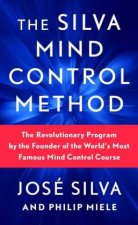
The Silva Mind Control Method (Pocket)
15.11 € -5 % -

Drummer's Complete Vocabulary as Taught by Alan Dawson
26.15 € -3 % -

Jazz & Blues Encyclopedia
24.72 € -21 % -
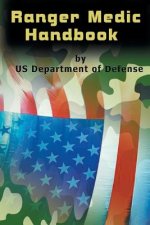
Ranger Medic Handbook
16.54 € -

Tiny House Building
17.56 € -

Herbal Contraindications and Drug Interactions
60.48 € -13 % -

Flavour Thesaurus
20.22 € -21 % -
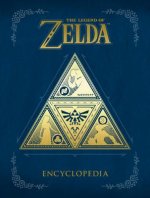
Legend Of Zelda Encyclopedia
34.02 € -17 % -
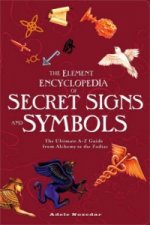
The Element Encyclopedia of Secret Signs and Symbols
20.83 € -23 % -
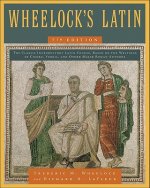
Wheelock's Latin
17.67 € -23 % -

Metapolis Dictionary of Advanced Architecture
49.85 € -4 % -

Collecting (Vintage) Watches
10.21 € -

Dictionary of Finance and Banking
26.25 € -

Dictionary of Business and Management
15.52 € -22 % -

Marvel Encyclopedia New Edition
43.11 € -13 % -
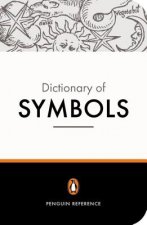
Penguin Dictionary of Symbols
20.83 € -23 % -

Complete Illustrated Encyclopedia of Dinosaurs & Prehistoric Creatures
14.30 € -30 % -

Dictionary of Biology
17.46 € -13 % -

Future Noir
17.36 € -
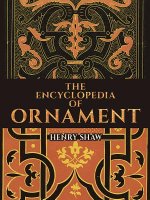
Encyclopedia of Ornament
12.25 € -23 % -
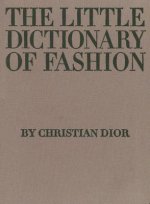
Little Dictionary of Fashion
18.79 € -19 % -

Cockpit Confidential
14.81 € -19 % -

Merriam-Webster's Everyday Language Reference Set
21.24 € -15 % -

Just My Type
12.66 € -

Practical Encyclopedia of Mosaics
20.83 € -21 % -
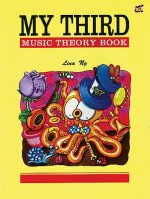
My Third Music Theory Book
7.35 € -2 % -

Encyclopedia of Animals
38.21 € -6 % -

Simple Sabotage Field Manual
6.84 € -18 % -
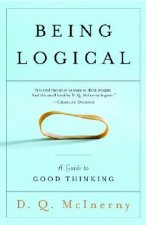
Being Logical
16.03 € -8 % -

ECG Cases Pocket
12.46 € -5 % -
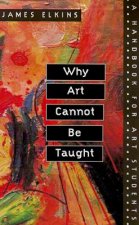
Why Art Cannot Be Taught
26.35 € -19 % -

My First Music Theory Book
7.14 € -3 % -

Encyclopedia of Goddesses and Heroines
25.23 € -19 % -
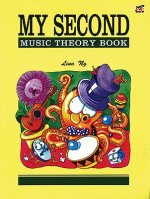
My Second Music Theory Book
7.14 € -3 % -

4th Generation Warfare Handbook
16.85 € -

Emergency Food Storage & Survival Handbook
13.89 € -20 % -

Little Book of Sherlock Holmes
8.37 € -18 % -

Ultimate Yorkshire Terrier Book
26.25 € -

U.S. Navy SEAL Sniper Training Program
25.13 € -3 % -

Vagabonding
13.99 € -21 % -

Illustrated Herbiary: Guidance and Rituals from 36 Bewitching Botanicals
16.65 € -20 % -

The Anarchist Cookbook
30.24 € -

Tao of Charlie Munger
18.69 € -23 % -

US Army Small Unit Tactics Handbook
32.07 € -

Dictionary of Dentistry
33.30 € -

Illustrated World Encyclopedia of Guns
30.34 € -16 % -
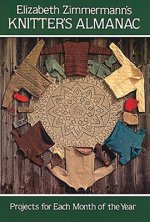
Knitter's Almanac
7.55 € -19 % -
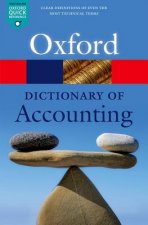
Dictionary of Accounting
15.42 € -23 % -

CIA Lock Picking
10.92 € -4 %
Osobný odber Bratislava a 2642 dalších
Copyright ©2008-24 najlacnejsie-knihy.sk Všetky práva vyhradenéSúkromieCookies


 21 miliónov titulov
21 miliónov titulov Vrátenie do mesiaca
Vrátenie do mesiaca 02/210 210 99 (8-15.30h)
02/210 210 99 (8-15.30h)